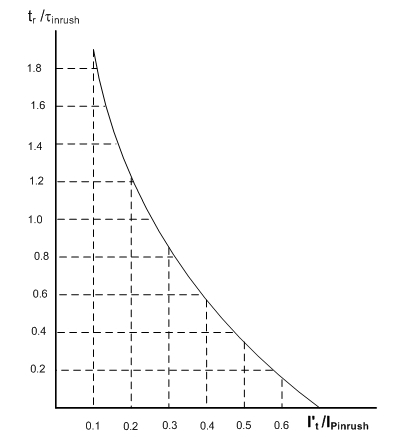E-Bomb
High Power Electromagnetic Pulse generation techniques and High Power Microwave technology have matured to the point where practical E-bombs (Electromagnetic bombs) are becoming technically feasible, with new applications in both Strategic and Tactical Information Warfare. The development of conventional E-bomb devices allows their use in non-nuclear confrontations. This paper discusses aspects of the technology base, weapon delivery techniques and proposes a doctrinal foundation for the use of such devices in warhead and bomb applications.
An electromagnetic pulse is a burst of electromagnetic energy. It may occur in the form of a radiated, electric or magnetic pulse depending on the source. Electromagnetic pulse is commonly abbreviated EMP and pronounced by saying the letters separately (E-M-P). EMP is generally damaging to electronic equipment, and its management is an important branch of electromagnetic compatibility (EMC) engineering.
You could deliver an e-bomb in a number of ways: cruise missile, unmanned aerial vehicle, or aerial bomb. Whether ultrawideband or narrowband, the e-bomb consists of both a microwave source and a power source [again, see diagram]. Ultrawideband e-bombs aim to create an electromagnetic pulse like that accompanying a nuclear detonation, except that the nuclear material is replaced with a conventional, chemical explosive. The microwave source typically relies on an extremely fast switching device, according to Kopp, who has written widely on weaponizing HPM technology. Narrowband e-bombs might use a virtual cathode oscillator (vircator) tube or a variant of a magnetron. Though termed narrowband, they don't have the high coherency seen in signal-carrying applications, Kopp says.
It takes gigawatts of power to feed an e-bomb's microwave source. For that, the flux compression generator, or FCG, is a good choice, says Kopp. Invented by Clarence ("Max") Fowler at Los Alamos National Laboratory after World War II as a byproduct of research into atomic bomb detonators, FCGs are conceptually simple. The best-known type consists of an explosive-packed copper cylinder surrounded by a helical current-carrying coil. Upon detonation, the explosion flares out the cylinder, short-circuiting the coil and progressively reducing the number of turns in the coil, thus compressing the magnetic flux. Large FCGs have produced tens of gigawatts, and they can be cascaded—connected end to end—so that the output from one stage feeds the next.
Despite its simplicity, an FCG-powered e-bomb is probably too difficult for the average terrorist to build on the cheap. For one thing, to test the assembled apparatus, you have to blow it up. For weapons researchers, the e-bomb poses other problems. The strength of the shock wave dissipates rapidly as it moves out from the explosion. To knock out an electrical power substation, for example, the weapon has to strike within about a hundred meters. "Like all microwave radiation, the effect follows an inverse square law with increasing distance," Kopp notes. Though the explosion needed to force out the current can be fairly small, it keeps the munition from being fully nonlethal and nondetectable. Also, anything that's been hardened or shielded against an electromagnetic pulse from a nuclear bomb will probably emerge unscathed.




Comments
Post a Comment